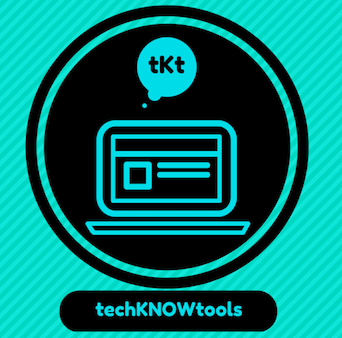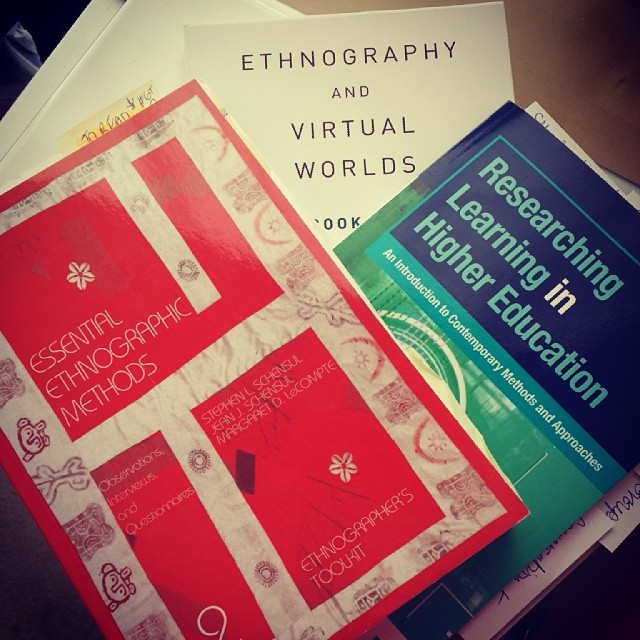In thinking about how to evaluate the curriculum and pedagogy for the #FashioningCircuits book with Dr. Kim Knight (@purplekimchi), I spent some time over the weekend reviewing potential research methods for the project. Since I have used ethnographic methods for a grant project Fall 2012 (studying culture and healthcare perceptions), I thought I’d revisit these as potential research methods and blog about it here.
Ethnographic Methods
Ethnographic is the description of groups, specifically these approaches appeal to those who are confident they have time to stay in a research setting (the field) for a sustained observation and informal interviewing (Cousin, 2008).
Typically ethnographic research derives from anthropology where communities or groups are studying for long periods of time (a year or so) for the “purpose of learning from their ways of doing things and viewing reality” (Agar, 1980, p. 6) where the researcher not only observes, but also interacts and talks with participants (Delamont, 2002, p.g. 8). Other data collection can be collected with communities also interact in online spaces and contexts. Ethnographers can study forums, wikis, blogs, or Twitter in the context of participant observation research to review the community and activity or historical research archive (Boellstorff et al., 2012).
A few selected strategies for research inquiry:
-
Observation: Researchers will complete overt participant and observer review strategies which the ethnographer has negotiated access to the group to observe and participate in its activities (Cousin, 2008). Observations of this group will include notations about the environment, population, interactive order, and characteristics of the membership. In thinking about digital footprints, historical archives and other means of data collection for “observation” of this group is inclusive of blog posts, videos, tweets, and other online contexts (Boellstorff et al., 2012).
-
Semi-Structured Interviews using the Ethnographic method (Schensul et al., 1999) provides researchers with a structured set of themes to organize the interview discussion. Unlike the structured interview, interviewers will be required to adapt, modify, and augment the prepared questions if they flow of the interview discussion suggests it (Cousin, 2008). The interviews discussions are “meaning making events” where the ethnographer utilizes “active interviewing” skills (Holstein & Gubrium, 1997). From a common list of questions, ethnographers will interview various members of the group. These interviews will be transcribed and evaluated for thematic information and content using a grounded approach.
References
Boellstorff, T., & Marcus, G. E. (2012). Ethnography and Virtual Worlds: A Handbook of Method. Princeton University Press.
Cousin, G., Cousin, J., & Deepwell, F. (2005). Discovery through dialogue and appreciative inquiry: A participative evaluation framework for project development. D. Taylor and S. Balloch (Eds.), The politics of evaluation, 109-118.
Cousin, G. (2008). Researching learning in higher education: An introduction to contemporary methods and approaches. Routledge.
Delamont, S. (2002). Fieldwork in educational settings: Methods, pitfalls and perspectives. Routledge.
Holstein, J. A., & Gubrium, J. F. (1997). Active interviewing (pp. pp-113). Sage Publications.
Schensul, S. L., Schensul, J. J., & LeCompte, M. (1999). Essential ethnographic methods. Walnut Creek.


2 thoughts on “Ethnographic Methods”